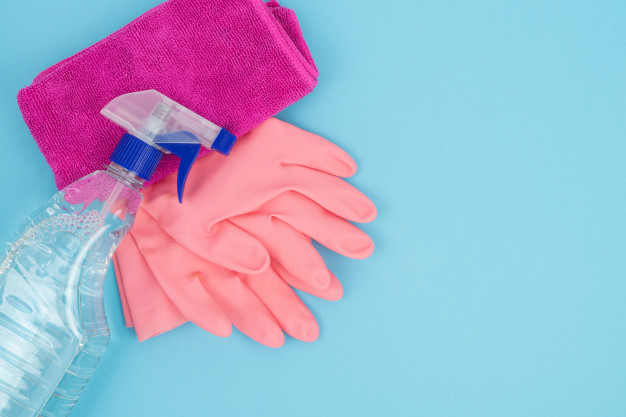- World's No.1 selling Anti Bacterial Treatment System!
- +971 56 3304466
- +971 55 9676070
- info@bactakleen.ae
What’s the difference between cleaning and disinfecting?

Why sanitization booths eliminate bacteria and viruses effectively
October 22, 2020
3 best ways to protect public transport against the virus
October 22, 2020Covid-19 has created an urgent need for businesses to show how much the necessary precautions are taken to shield clients and employees.
All types of businesses, from retail shops to grocery stores, restaurants to hotels, offices, among others, have all stepped up their cleaning methods to prevent the spread of coronavirus and prevent the people from contracting the deadly virus. However, cleaning alone may not be sufficient when it comes to eliminating coronavirus. Leading to need to understand the differences between disinfecting and cleaning.
So what difference exists between disinfecting and cleaning? On the U.S. Centers for Disease Control and Prevention website, the definitions given are as follows.
- Cleaning denotes the elimination of impurities and dirt, germs included, from the surface.
Note that cleaning alone does not kill germs but reduces their numbers significantly and, in turn, the risks or threats associated with the spread of infections.
- Disinfection occurs from applying chemicals, including disinfectants, when killing germs settled on open surfaces or items. The process is not unavoidably intended to clean the dirties exteriors. However, killing all the germs staying on surfaces after cleaning further reduces the risk of spreading infection.
One must use water and soap for cleaning to remove germs from a surface effectively, but it doesn’t kill and inactivate them. ‘’Germs’’, as described by the CDC, includes many pathogens, including many viruses and bacteria like coronavirus.
Cleaning and disinfection can reduce the risk of spreading infection if done correctly and thoroughly. Still, when used together, they can be even more powerful and more effective, though it’s important to note that only proper disinfection can kill the pathogens.
Dwell time.
There is also another essential term when it comes to disinfection: dwell time. Dwell time is that period disinfectants remain take on surfaces to kill its target pathogens. But note that pathogens may stay on a surface if a disinfectant is wiped off a surface or rinsed before achieving the required dwell time.
Is your cleaning service enough?
Many companies hire cleaning and janitorial services to perform general cleaning duties, and your service may even say that it can disinfect surfaces.
However, it’s essential to ask questions to understand exactly what your service does, and thoroughness is the key to effective cleaning and disinfection.
- According to ISSA, spray and wipe-down methods can miss up to 50% of surfaces, the worldwide cleaning association.
A professional disinfecting service will have access to equipment that can disperse disinfectants in more effective ways than spray and wipe down methods.
Responsible use of disinfectants.
Disinfectants should be applied by trained professionals using caution. Thos e applying them should ensure that surfaces to be disinfected are cleaned thoroughly before the disinfectant is applied. They should also understand the correct application method, the surfaces the product can be used safely, the required dwell time, and the required clean up after the product has achieved the required dwell time.
Preparation to reopen.
As the world is now working towards the phased reopening of the economy, new guidelines for required cleaning and disinfection practices are being pushed out.
Having a well-planned cleaning and disinfection strategy can help establish your business as trustworthy with customers, giving them visual cues that you are working to protect their health and enhance their customer experience.




